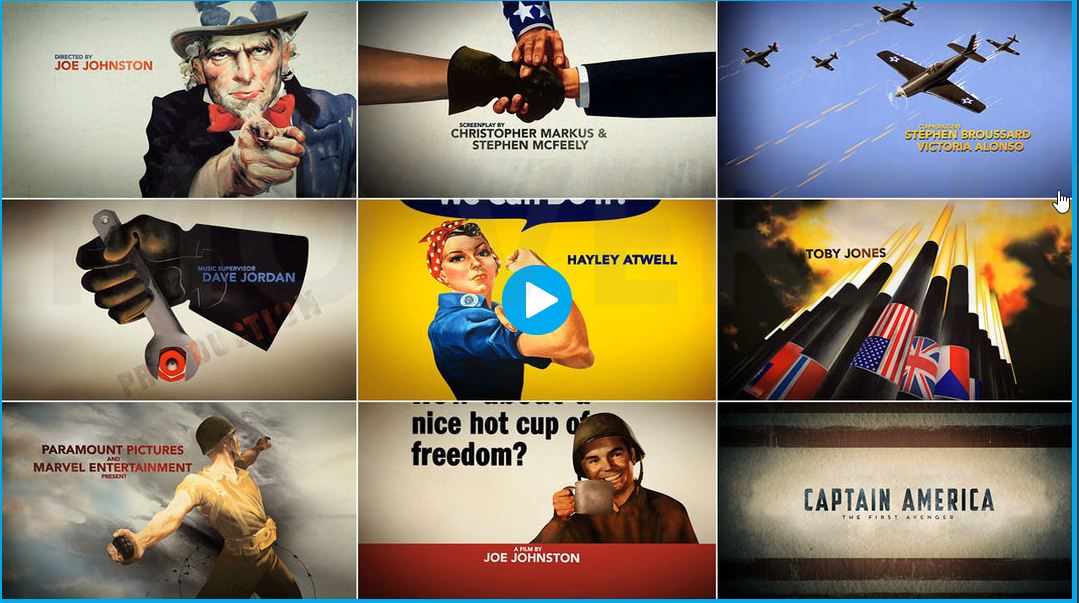Napoleon Dynamite - nine frames of the opening sequence
From analysing the opening sequences of films I have learnt that there are 3 key aspects when it comes to creating a film opening: Audio (music/sound), visuals (what the audiences sees) and the titles (the words that overlay the visuals).
These title overlays highlight the people involved in the creation of the film from the production company to costume and make up.
From this task I learnt about all the different aspects of a film's opening sequence. When creating an opening sequence an editor would focus on 3 different things; visuals (what the audience can see), audio (what the audience can hear) and titles (what the audience can read). My opening sequence lasted 2 minutes and 20 seconds and contained a total of 20 titles. This is typical of an opening sequence lasting this long. Shorter sequences may not contain so many titles. Another thing I noticed was that the director was mentioned twice in the opening sequence highlighting his importance in the creation of the film.


















